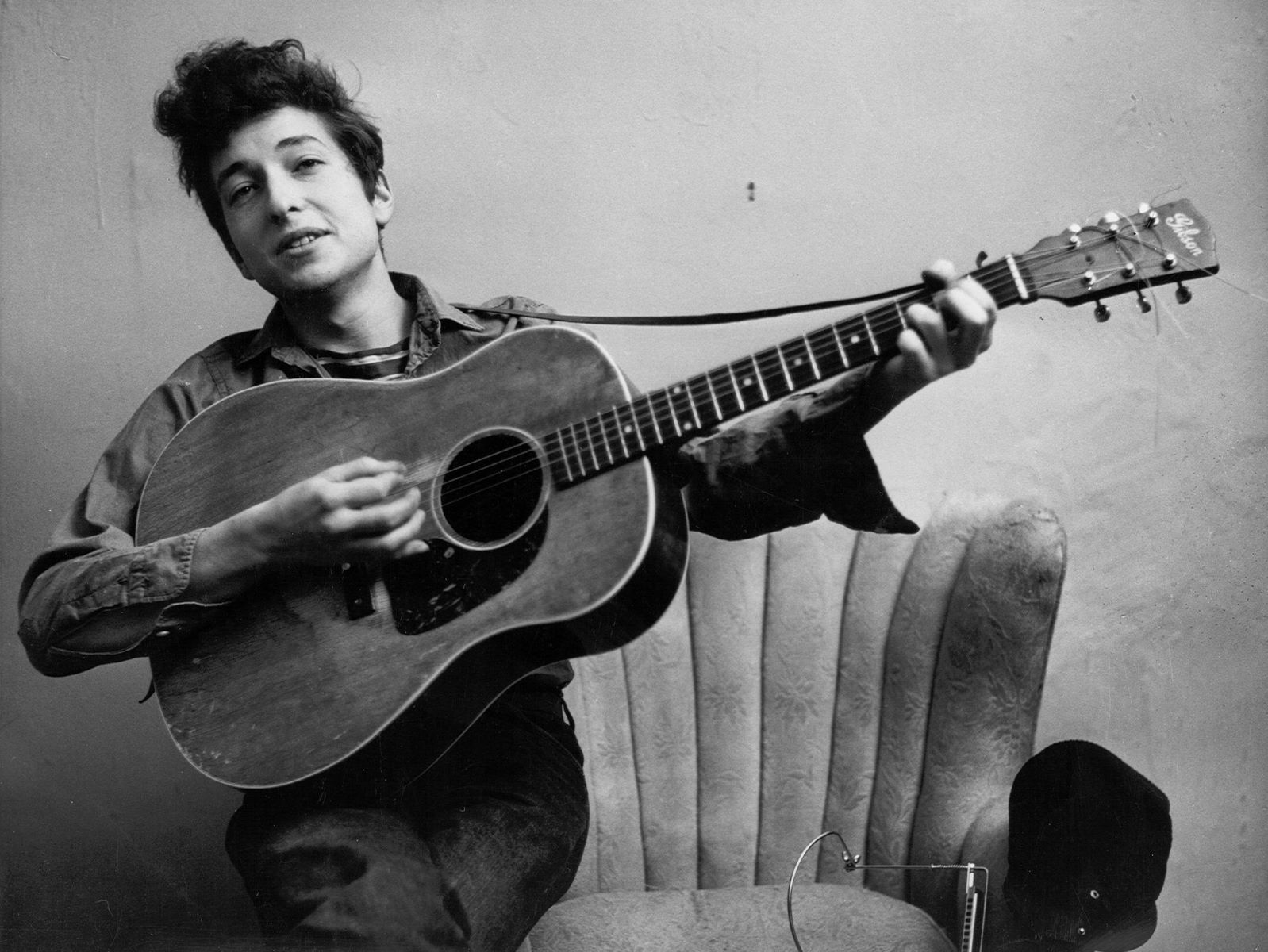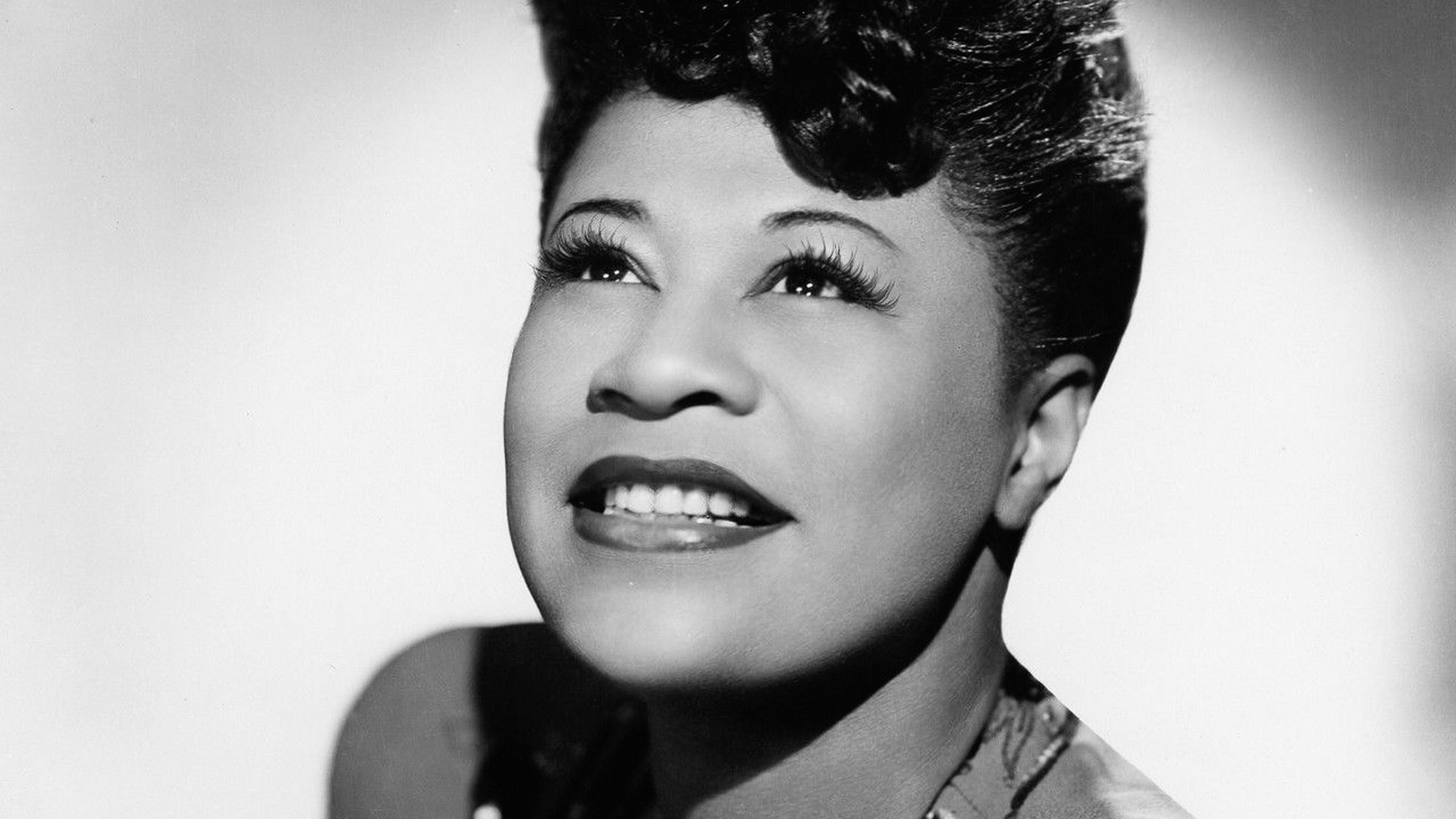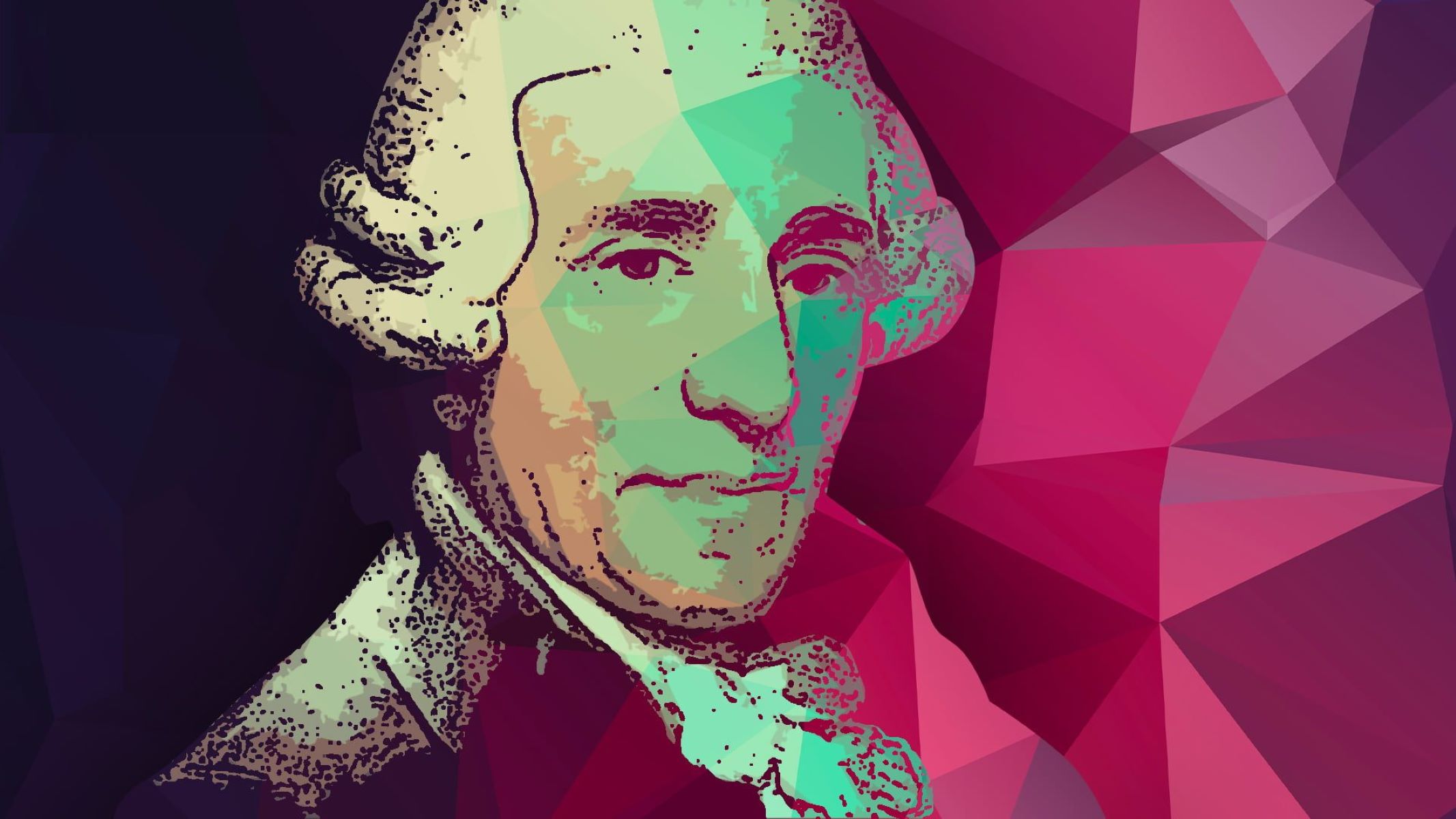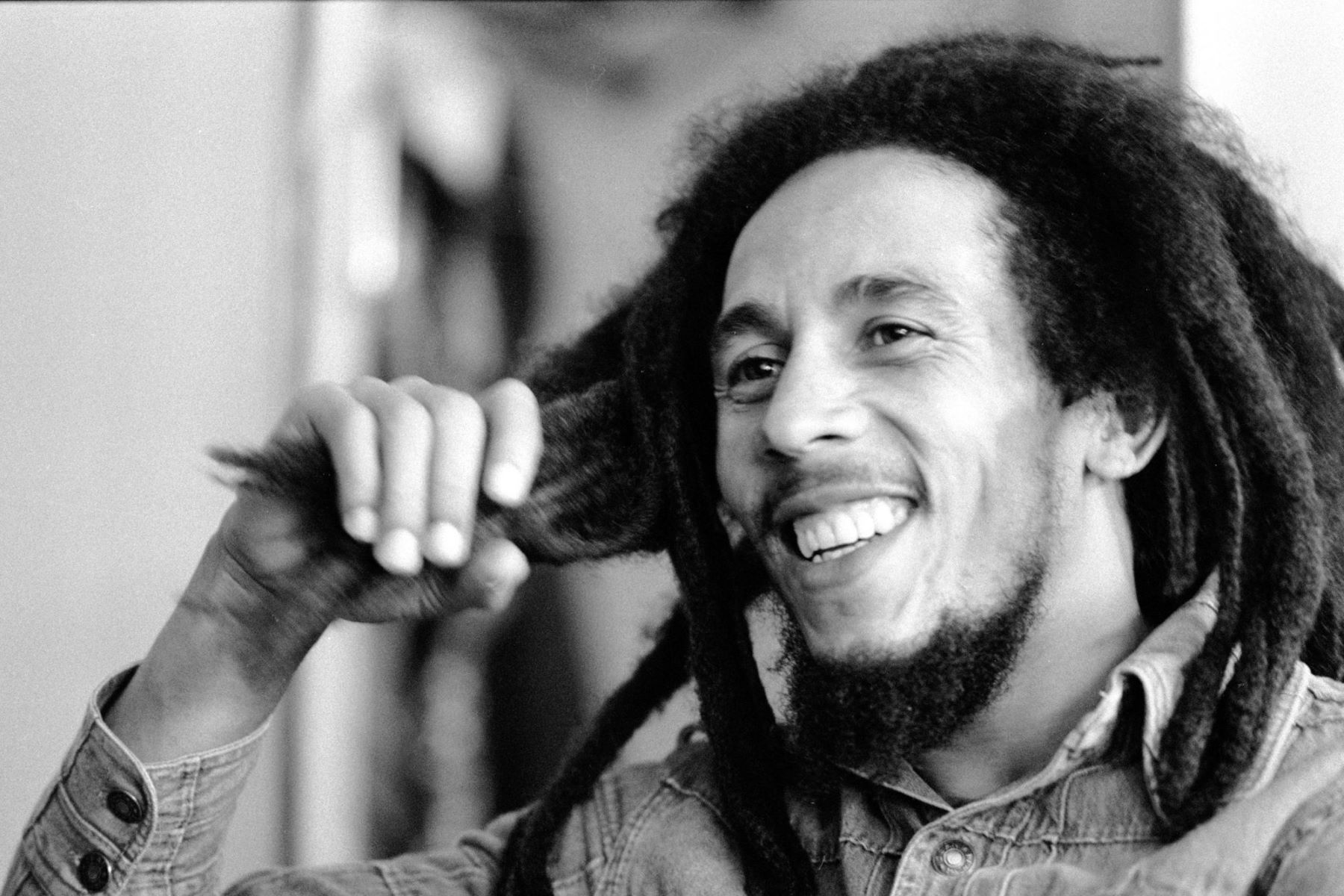

Folk
How Was Bob Dylan Considered A Folk Singer
Modified: February 15, 2024
Discover how Bob Dylan was recognized as a legendary folk singer, influencing generations with his unique style and captivating lyrics. Explore the impact of his folk music heritage and timeless contributions to the genre.
(Many of the links in this article redirect to a specific reviewed product. Your purchase of these products through affiliate links helps to generate commission for AudioLover.com, at no extra cost. Learn more)
Table of Contents
Introduction
Bob Dylan, regarded as one of the greatest songwriters of all time, has left an indelible mark on the music industry with his unique blend of folk, rock, and poetic lyrics. While he is often associated with folk music, Dylan’s classification as a folk singer has sparked debate among enthusiasts and scholars alike.
Born as Robert Zimmerman in 1941, Dylan’s interest in music was sparked at a young age. He drew inspiration from a wide range of artists, including traditional folk musicians like Woody Guthrie, blues legends such as Robert Johnson, and even the contemporary pop and rock music of his time.
The folk music movement of the 1960s played a significant role in shaping Dylan’s career. During this era, folk music became synonymous with political and social activism. Dylan’s poignant and introspective songwriting, coupled with his distinctive vocals, resonated with the masses and established him as a prominent figure in the movement.
However, Dylan’s transition to folk music was not without its challenges. Many purists in the folk community criticized him for incorporating electric instruments into his music, a departure from the traditional acoustic sound. This move resulted in a controversial performance at the 1965 Newport Folk Festival, where Dylan famously plugged in and rocked the audience with his electric guitar.
Despite the backlash, Dylan’s evolution as an artist continued. His songs became more introspective and poetic, delving into themes of love, identity, and social commentary. His album, The Times They Are a-Changin’, released in 1964, captured the spirit of the civil rights movement and further solidified his position as a voice of the people.
Throughout his career, Dylan’s genre classification has remained a topic of debate. While folk music provided the foundation for his early work, he expanded his musical horizons and experimented with various genres, including rock, blues, and country. This musical diversity has fueled the ongoing discussion about how Dylan should be categorized.
Regardless of the controversy surrounding his genre, it is undeniable that Dylan’s impact on folk music has been profound. His poetic storytelling, thought-provoking lyrics, and ability to capture the essence of a generation continue to inspire musicians today, making him an iconic figure in the realm of folk and beyond.
Early Life and Influences
Bob Dylan, born as Robert Zimmerman on May 24, 1941, in Duluth, Minnesota, was exposed to music from a young age. His interest in music flourished as he listened to the radio and discovered a wealth of genres, from country and blues to folk and rock. Dylan’s childhood was steeped in the rich musical traditions of America, and this early exposure laid the foundation for his future career.
One of the most significant influences on Dylan’s musical journey was folk legend Woody Guthrie. Dylan was introduced to Guthrie’s music through records, and he quickly became captivated by Guthrie’s raw and authentic storytelling. Guthrie’s ability to use music as a vehicle for social commentary deeply resonated with Dylan, and he sought to follow in his footsteps.
Another influential figure in Dylan’s early life was the blues musician Robert Johnson. Dylan was drawn to Johnson’s haunting and emotive style, which would later inspire him to infuse his own songwriting with a similar intensity. Johnson’s ability to convey complex emotions through simple and soulful melodies left a lasting impact on Dylan’s musical approach.
In addition to Guthrie and Johnson, Dylan also found inspiration in the popular music of the time. He was particularly influenced by artists like Elvis Presley, Little Richard, and Buddy Holly. Their energetic performances and catchy melodies ignited Dylan’s desire to create his own brand of music that defied genre boundaries.
As Dylan grew older, his musical palette expanded further. He immersed himself in the works of poets like Allen Ginsberg and T.S. Eliot, recognizing the power of words to convey profound emotions and societal critiques. This appreciation for poetry and literature would later manifest in his own songwriting, which often incorporated poetic devices and metaphorical imagery.
Dylan’s unique blend of influences, ranging from folk and blues to rock and poetry, set him apart from his contemporaries. He was a true musical chameleon, effortlessly adapting to different styles and pushing the boundaries of what was expected from a folk singer. This ability to draw inspiration from a myriad of sources would become a hallmark of Dylan’s career.
While his early life and influences provided a strong foundation, it was only the beginning of Dylan’s musical journey. As he entered adulthood and navigated the changing landscape of the 1960s, he would find his own voice and make an indelible mark on the world of folk music.
The Rise of the Folk Music Movement
In the early 1960s, the United States became a hotbed of social and political change, with the civil rights movement, anti-war protests, and the fight for equality dominating the national discourse. It was during this tumultuous time that the folk music movement gained significant traction and emerged as a powerful force for social activism.
The folk music revival of the 1960s was a grassroots movement that celebrated traditional and acoustic music. It was characterized by artists who used their songs as a means of expressing their views on society and advocating for change. Folk music was seen as a way to connect with people on a deep and personal level, and it quickly gained popularity among those seeking an alternative to mainstream pop culture.
The rise of the folk music movement was propelled by the popularity of folk festivals, which provided a platform for emerging artists to showcase their talents. The Newport Folk Festival, established in 1959, became one of the most influential gatherings for folk musicians. It was at this festival that Bob Dylan would make his mark and solidify his role in shaping the movement.
At the Newport Folk Festival in 1963, Dylan’s performance electrified the audience. His heartfelt and introspective songs captured the spirit of the time, resonating with a generation of young people who were hungry for change. Songs like “Blowin’ in the Wind” and “The Times They Are a-Changin'” became anthems for the civil rights movement and the anti-war movement, tapping into the collective consciousness of the era.
Not only did Dylan’s music become synonymous with the folk music movement, but his persona as an artist also embodied its principles. He was seen as an authentic voice, unafraid to challenge societal norms and use his platform to shed light on issues of social significance. This dedication to creating meaningful music resonated deeply with audiences, propelling him to the forefront of the folk music movement.
As the decade progressed, the folk music movement continued to grow in popularity, attracting a wide range of artists and influencing popular music at large. Folk musicians like Joan Baez, Pete Seeger, and Joni Mitchell became household names, using their music to amplify the voices of those who went unheard. The movement’s emphasis on social justice and equality laid the groundwork for future generations of artists to use music as a tool for advocacy.
The rise of the folk music movement in the 1960s was a pivotal moment in American music history. It provided a platform for artists to express their views on pressing social issues and connected with audiences on a profound level. Bob Dylan’s contribution to the movement cannot be overstated, as his unique blend of poetry and musicality helped solidify the genre’s place in the cultural zeitgeist.
Bob Dylan’s Transition to Folk Music
Bob Dylan’s transition to folk music marked a turning point in his career and solidified his status as a legendary singer-songwriter. While he initially dabbled in various musical genres, it was his immersion into the vibrant folk music scene of the early 1960s that would shape his artistic trajectory.
It was during his time in New York City that Dylan fully embraced the folk music scene. He frequented coffeehouses and clubs in Greenwich Village, soaking in the atmosphere and connecting with other like-minded musicians. This environment allowed him to refine his songwriting skills and develop his unique musical style.
Dylan’s early performances in these intimate venues showcased his talent for storytelling and his ability to convey complex emotions through his songs. His poetic lyrics and distinctive vocal delivery resonated with audiences, capturing their attention and cementing his status as a rising star in the folk music community.
One of Dylan’s breakout moments came when he signed to Columbia Records in 1961. His self-titled debut album, released the following year, featured a mix of traditional folk songs and original compositions, serving as a snapshot of his burgeoning talent. The album received critical acclaim and set the stage for Dylan’s future success.
As Dylan continued to gain recognition, his songs began to reflect a deeper understanding of the societal issues of the time. He crafted anthems that spoke to the struggles of marginalized communities and the desire for social change. Songs like “Blowin’ in the Wind” and “The Times They Are a-Changin'” became rallying cries for the civil rights movement and fueled the spirit of activism that permeated the era.
Another significant milestone in Dylan’s transition to folk music was his association with legendary producer John Hammond. Hammond recognized Dylan’s immense talent and played a pivotal role in shaping his early recordings. Together, they worked on Dylan’s second album, “The Freewheelin’ Bob Dylan,” which showcased a matured and more personal approach to songwriting.
Dylan’s authenticity and willingness to challenge conventions played a key role in his transition to folk music. He incorporated elements of blues and traditional folk into his music, combining protest songs and love ballads to create a rich tapestry of storytelling. His distinct voice, characterized by its rawness and emotion, resonated with audiences around the world, further establishing him as a leading figure in the folk music scene.
With each album release, Dylan continued to evolve as an artist, experimenting with different musical styles and pushing the boundaries of folk music. His transition from traditional folk to a more electric sound in the mid-1960s sparked controversy and divided the folk music community. However, this expansion into new sonic territories showcased Dylan’s versatility and cemented his place as a trailblazer in the music industry.
Bob Dylan’s transition to folk music not only shaped his own career but also influenced the direction of the genre as a whole. His poetic lyrics, unique vocal delivery, and ability to capture the essence of a moment in history set him apart from his peers and solidified his legacy as one of the most influential musicians of all time.
The Protest Movement and Dylan’s Role
In the 1960s, the United States witnessed a wave of political and social activism. The civil rights movement, the anti-war movement, and various other social justice causes took center stage as people fought for change and equality. During this time, Bob Dylan emerged as a powerful voice and a key figure in the protest movement, using his music to articulate the frustrations and hopes of an entire generation.
Dylan’s songs encapsulated the spirit of the protest movement, providing a soundtrack to the era’s social upheaval. His lyrics were like poetry, capturing the essence of the times and giving voice to the frustrations and desires of those seeking justice and equality.
Songs like “Blowin’ in the Wind” and “The Times They Are a-Changin'” resonated deeply with activists, becoming anthems of the civil rights and anti-war movements. These songs, with their powerful yet simple lyrics, expressed the hopes for a better future and called for meaningful change in society.
Through his music, Dylan tapped into the collective consciousness of the era, giving voice to the dissatisfaction and frustrations of the youth. His songs served as a rallying cry, empowering individuals to take a stand and fight for what they believed in.
Dylan’s role as a protest singer extended beyond his music. He actively participated in demonstrations and aligned himself with various social justice causes. He performed at rallies and benefit concerts, using his platform to raise awareness and generate support for the issues at hand.
However, Dylan’s involvement in the protest movement was not without controversy. As the movement evolved, there were divisions among activists, some of whom believed that Dylan had abandoned the cause by moving away from overtly political songs and exploring different musical styles.
Dylan’s evolution as an artist and his exploration of different genres, such as rock and country, led to criticism from some who felt he had abandoned his role as a voice of the protest movement. Yet, Dylan’s ability to evolve and adapt proved essential in reaching a broader audience and maintaining his relevance as an artist throughout the decades.
Despite the controversy, Dylan’s impact on the protest movement cannot be denied. His music served as a powerful tool for spreading awareness and mobilizing people to action. Dylan’s ability to capture the spirit of the times and challenge societal norms made him a symbol of the era’s counterculture movement.
Decades later, Bob Dylan’s songs continue to inspire and resonate with audiences, reminding us of the power of music to convey messages of social justice and ignite change. His legacy as a protest singer endures, demonstrating the enduring impact of his work and his role in shaping the protest movement of the 1960s.
Controversy Surrounding Dylan’s Genre Classification
Throughout his career, Bob Dylan’s genre classification has been a topic of much debate and controversy. While he is often associated with folk music, Dylan’s musical style and evolution defy easy categorization, leading to ongoing discussions about how to define his genre.
When Dylan first burst onto the music scene in the early 1960s, he was embraced by the folk music community. His early albums and performances showcased his mastery of folk traditions, with his poetic lyrics and acoustic guitar playing capturing the essence of the genre. However, as his career progressed, Dylan began to experiment with different musical styles, incorporating elements of rock, blues, and even country into his music.
This departure from the traditional acoustic sound of folk music caused division among purists in the folk community. Many critics felt that Dylan had abandoned his folk roots and was compromising the genre’s authenticity by introducing electric instruments and adopting a more rock-oriented sound.
The most notable incident that fueled the controversy was Dylan’s performance at the 1965 Newport Folk Festival, where he famously plugged in an electric guitar and shocked the audience with an electrified set. This action was met with both enthusiasm and outrage, highlighting the tension between those who supported Dylan’s artistic exploration and those who saw it as a betrayal of the folk tradition.
Despite the backlash, Dylan’s musical evolution continued, and he ventured into new territories with each album release. His iconic 1965 album, “Highway 61 Revisited,” showcased a more rock-oriented sound and cemented his status as a boundary-pushing artist.
In the following years, Dylan continued to defy expectations and elude genre classification. He released albums that incorporated elements of country, gospel, and even jazz, further blurring the lines between genres. His willingness to explore different musical avenues challenged the traditional notions of what a folk singer should be, and as a result, his genre classification remained a subject of ongoing debate.
Another factor that contributed to the controversy surrounding Dylan’s genre classification was his unique style of singing. His raspy and distinctive vocal delivery became a trademark of his music, setting him apart from traditional folk singers. While some embraced his unconventional singing style as an authentic expression of his emotions, others saw it as a departure from the polished vocal techniques typically associated with folk music.
Despite the controversy, Dylan’s influence and impact on music cannot be denied. His ability to break free from genre boundaries and blend diverse musical styles created a profound impact on subsequent generations of musicians. He became a symbol of artistic freedom and paved the way for artists to defy genre expectations and explore new sonic territories.
Ultimately, Dylan’s genre classification remains elusive because his music transcends traditional categories. He is a true musical chameleon, whose body of work encompasses elements of folk, rock, blues, country, and beyond. This elusiveness and ability to defy genre classification have only added to the allure and enduring legacy of Bob Dylan.
Bob Dylan’s Impact on Folk Music
Bob Dylan’s impact on folk music is immeasurable, as he transformed the genre and left an indelible mark on the music industry as a whole. His innovative songwriting, unique vocal delivery, and fearless approach to pushing musical boundaries revolutionized folk music and inspired countless artists.
One of Dylan’s most significant contributions to folk music was his ability to infuse the genre with lyrically complex and socially conscious songs. Prior to Dylan, folk music was often associated with traditional ballads and simpler storytelling. However, Dylan’s poetic and introspective lyrics showcased the genre’s potential for depth and meaning.
Through songs like “Blowin’ in the Wind” and “Masters of War,” Dylan tackled social and political issues head-on, using his platform to amplify the voices of the marginalized. His ability to capture the zeitgeist of the 1960s and tap into the collective consciousness of a generation solidified his status as a spokesperson for the social and political movements of the time.
Dylan’s impact on folk music extended beyond the content of his songs. He played a crucial role in expanding the sonic boundaries of the genre. With his album “Bringing It All Back Home” and the subsequent “Highway 61 Revisited,” Dylan embraced a more electrified sound, incorporating elements of rock and blues into his music. This departure from the traditional acoustic folk sound caused controversy but opened doors for future artists to experiment with genre fusion.
Furthermore, Dylan’s influence on fellow musicians cannot be overstated. His success and artistic bravery inspired countless artists to follow their own creative instincts, unafraid to challenge conventions and push boundaries. His ability to seamlessly blend different musical genres and create a unique sound became a blueprint for future folk and rock musicians.
Beyond his impact on the music itself, Dylan’s influence extended to the broader cultural landscape. His role as a counterculture icon during the 1960s influenced the mindset of an entire generation. His music became a rallying cry for social change and inspired a whole movement of activism and protest.
In recognition of his contributions, Dylan was awarded the Nobel Prize in Literature in 2016, becoming the first songwriter to win the prestigious award. This honor further cemented his status as a literary and musical pioneer, highlighting the impact he continues to have on the artistic world.
Even today, Dylan’s music remains relevant and influential. His songs continue to inspire and resonate with new generations, as they grapple with their own societal challenges. His body of work serves as a reminder of the power of music to provoke thought, evoke emotions, and inspire change.
Bob Dylan’s impact on folk music cannot be overstated. He transformed the genre through his lyricism, daring musical experimentation, and influential persona. His contributions continue to shape the trajectory of folk music and influence musicians across genres, ensuring that his legacy endures for generations to come.
Conclusion
Bob Dylan’s journey as a musician and his impact on folk music have left an indelible mark on the music industry and the cultural landscape. From his early days in New York’s folk music scene to his groundbreaking albums that pushed the boundaries of the genre, Dylan’s career has been characterized by innovation, poetic storytelling, and a relentless pursuit of artistic integrity.
While his classification as a folk singer has sparked controversy, Dylan’s ability to transcend genres and defy classification speaks to his artistic versatility and ongoing relevance. His influence on folk music extends beyond his own songs; he has inspired countless musicians to explore new sonic territories and use music as a vehicle for social and political commentary.
Dylan’s impact on the protest movement of the 1960s cannot be overstated. His songs became anthems for those seeking justice and equality, and his performances at rallies and benefit concerts galvanized audiences to action. Dylan’s ability to capture and articulate the frustrations and hopes of a generation made him the voice of a movement.
Throughout his career, Dylan’s evolution as a musician and his willingness to take risks have set him apart from his peers. From his transition to folk music to his exploration of rock, blues, and beyond, Dylan constantly pushed the boundaries of what folk music could be. His experimentation opened doors for future generations of artists to blend genres and create music that defies categorization.
Today, Bob Dylan’s impact on music and society remains palpable. His songs continue to resonate with audiences, speaking to the timeless themes of love, protest, and the human condition. His recognition as a Nobel laureate solidifies his legacy as not only a musician but also a poet and a literary force.
In conclusion, Bob Dylan’s contributions to folk music are immeasurable. His powerful storytelling, lyrical depth, and fearless pursuit of artistic expression have forever changed the landscape of folk music and inspired generations of musicians. As a musical chameleon and an emblem of social and political activism, Dylan will always be remembered as one of the most influential and iconic figures in the realm of folk and beyond.











